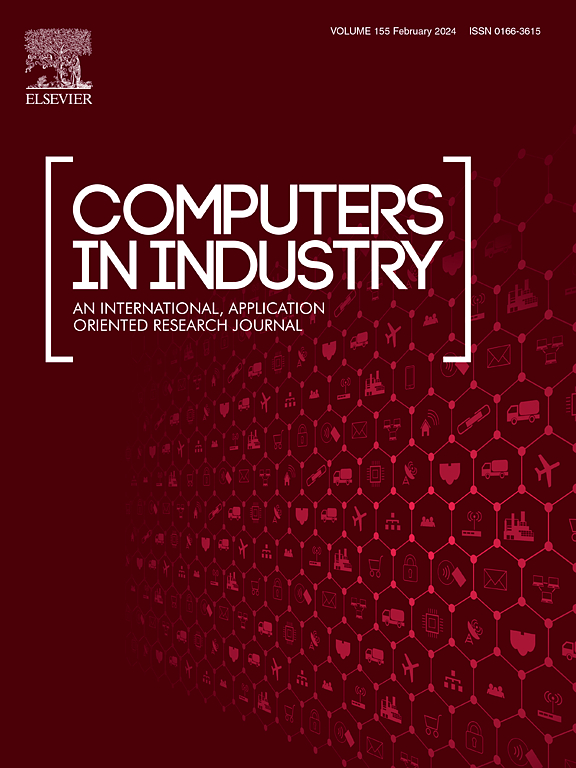Energy consumption forecasting in non-stationary machining processes based on a physics-guided transformer
IF 9.1
1区 计算机科学
Q1 COMPUTER SCIENCE, INTERDISCIPLINARY APPLICATIONS
引用次数: 0
Abstract
Predicting energy consumption in non-stationary machining processes is challenging due to data complexity, dynamic variations, and real-time requirements. This paper proposes a novel physics-guided Transformer model incorporating supervisory-compensatory mechanisms. Firstly, several data preprocessing and feature extraction techniques, including Lagrange interpolation, wavelet transform, and a combined approach of principal component analysis and correlation analysis, are employed to enhance data quality and identify key physical variable. Secondly, modeling accuracy and efficiency are improved by integrating physics-guided variables into the traditional Transformer model, leading to advancements in the existing de-stationary attention module. Finally, distinct training and prediction models are established, incorporating a self-supervised, self-compensation mechanism in the training phase. This mechanism utilizes ground truth for training convergence, with optimized model parameters subsequently applied to the prediction model, significantly enhancing predictive efficacy. Experimental results demonstrate that the proposed method outperforms state-of-the-art approaches, achieving improvements in energy consumption prediction accuracy of over 76 % for carbon fiber processing, 30 % for plastic, 32.7 % for aluminum, and 54.5 % for 45steel. The integration of physical principles with sequence modeling enables precise energy consumption forecasting in non-stationary machining, advancing both predictive accuracy and industrial energy management.
基于物理导向变压器的非平稳加工过程能耗预测
由于数据复杂性、动态变化和实时要求,预测非平稳加工过程中的能耗具有挑战性。本文提出了一种新的物理导向变压器模型,该模型包含了监督-补偿机制。首先,采用拉格朗日插值、小波变换、主成分分析与相关分析相结合的方法对数据进行预处理和特征提取,提高数据质量,识别关键物理变量;其次,通过将物理导向变量集成到传统的Transformer模型中,提高了建模的精度和效率,从而改进了现有的去平稳注意力模块。最后,建立了不同的训练和预测模型,并在训练阶段引入了自我监督、自我补偿机制。该机制利用ground truth进行训练收敛,并将优化后的模型参数应用到预测模型中,显著提高了预测效果。实验结果表明,所提出的方法优于最先进的方法,碳纤维加工的能耗预测精度提高了76% %,塑料加工的能耗预测精度提高了30% %,铝加工的能耗预测精度提高了32.7% %,钢加工的能耗预测精度提高了54.5 %。将物理原理与序列建模相结合,可以在非平稳加工中实现精确的能耗预测,从而提高预测精度和工业能源管理。
本文章由计算机程序翻译,如有差异,请以英文原文为准。
求助全文
约1分钟内获得全文
求助全文
来源期刊

Computers in Industry
工程技术-计算机:跨学科应用
CiteScore
18.90
自引率
8.00%
发文量
152
审稿时长
22 days
期刊介绍:
The objective of Computers in Industry is to present original, high-quality, application-oriented research papers that:
• Illuminate emerging trends and possibilities in the utilization of Information and Communication Technology in industry;
• Establish connections or integrations across various technology domains within the expansive realm of computer applications for industry;
• Foster connections or integrations across diverse application areas of ICT in industry.
 求助内容:
求助内容: 应助结果提醒方式:
应助结果提醒方式:


